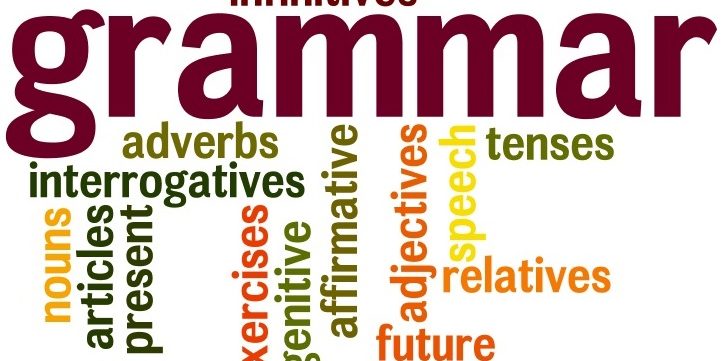By Clipper Ledgard
Because the GMAT is a standard exam, it must use the same testing criteria with everyone. Therefore, the questions must be similar for all candidates. In order to be fair, the tester uses similar patterns to test specific points. Patterns can be found in the verbal section as well as in the quantitative section. In Sentence Correction, the grammar points are usually tested using the same patterns.
For example, when the GMAT wants to test the use of a clause modifier, it presents some answer choices with the pronoun “which”, and other choices with the present participle (verb-ing). The testers know that in everyday communication, most people use the incorrect pronoun “which” instead of the present participle, so the question presents the two choices, as in the following example:
The root systems of most flowering perennials either become too crowded, which results in loss in vigor and spread too far outward, producing a bare center.
- which results in loss in vigor, and spread
- resulting in loss in vigor, or spreading
- with the result of loss of vigor, or spreading
- resulting in loss of vigor, or spread
- with a resulting loss of vigor, and spread
The pronoun “which” must describe or modify the noun or noun phrase inmediately before the comma, so it cannot refer to crowded. In the example above, the pronoun which is being used as a clause modifier that presents a consequence of the main clause. Nevertheless, the present participle should be used to present a consequence. We can analyze all the answer choices, but we could save time by focusing on the choices that use the present participle, choices 2 and 4 in the example. The correct answer is 4, because it uses the correct parallel structure “either… or…”
The same pattern can be seen in other sentences:
The colorization of black-and-white films by computers is defended by those who own the film rights, for the process can mean increased revenues for them; many others in the film industry, however, contend that the technique degrades major works of art, which they liken to putting lipstick on a Greek statue.
- which they liken to putting lipstick on a Greek statue
- which they liken to a Greek statue with lipstick put on it
- which they liken to lipstick put on a Greek statue
- likening it to a Greek statue with lipstick put on it
- likening it to putting lipstick on a Greek statue
or
The cameras of the Voyager II spacecraft detected six small, previously unseen moons circling Uranus, which doubles to 12 the number of satellites now known as orbiting the distant planet.
- which doubles to 12 the number of satellites now known as orbiting
- doubling to 12 the number of satellites now known to orbit
- which doubles to 12 the number of satellites now known in orbit around
- doubling to 12 the number of satellites now known as orbiting
- which doubles to 12 the number of satellites now known that orbit
By paying attention on the splits and focusing on the choices that use the present participle, we can easily find that the correct choices are 5, and 2 respectively.
Sentence Correction questions present several patterns. If we learn to recognize them, we can save precious time needed to respond the more difficult questions.
Tip: be careful! Sometimes, the right answer may be the one that uses which rather than the present participle (something very unusual, though). Thus, make sure you pay close attention to the meaning of the sentence.





